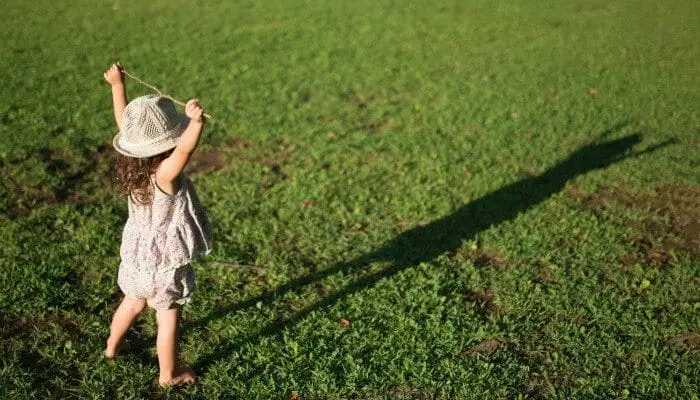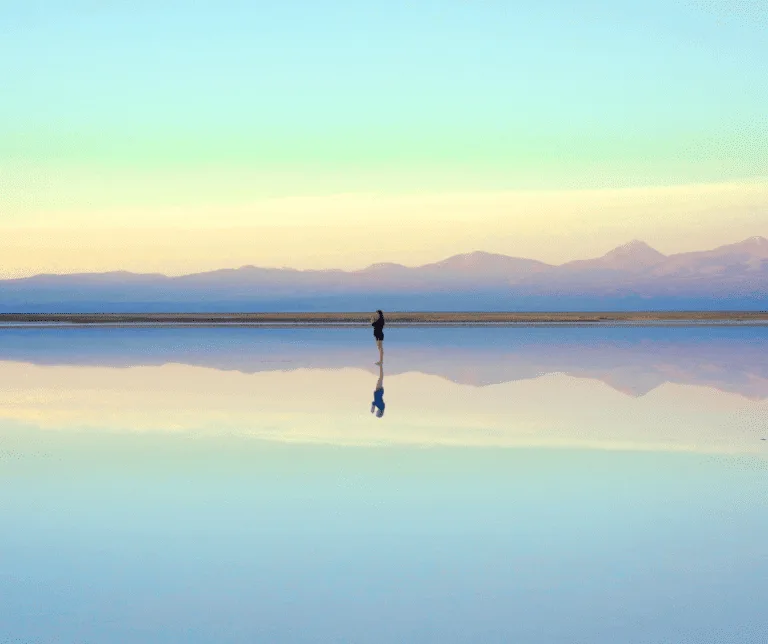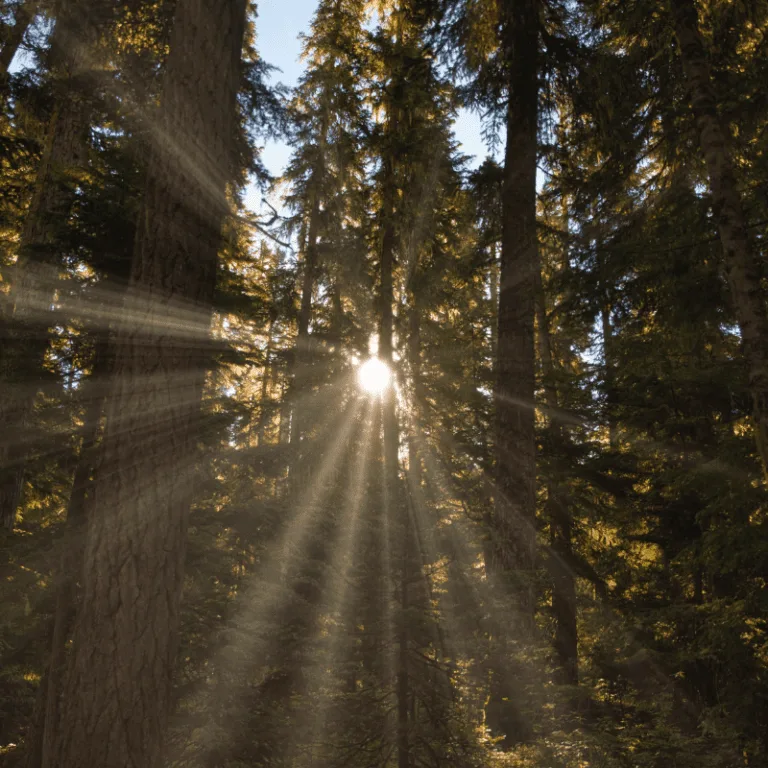I earn commissions from my affiliated links. Please see my disclosure policy for more details.
Every parent or teacher knows something important: just because kids are learning, doesn’t mean their activities have to be boring! The power of light and its endless applications can turn an otherwise mundane day into one filled with fun and educational interaction.
Science projects, art projects, chemistry experiments–these light activities will keep your students engaged for hours on end while helping boost a variety of skills.
My sons are obsessed with science experiments right now. I figure what better time to do a little experimenting with light than around Groundhog Day, right? Light is one of eight forms of energy. Read on to learn more about some creative ways to bring the world of light into your classroom (or kitchen!).

The other forms are heat, sound, chemical energy, magnetic, nuclear, electromagnetic, and mechanical. Light energy activities are fun and easy to do!
Here are a few light energy experiments for kids that you will enjoy!

What is Light Energy?
According to Solar Schools, light energy is “a form of electromagnetic radiation. Light consists of photons, which are produced when an object's atoms heat up. The light energy travels in light waves and is the only form of energy visible to the human eye.”
Light energy is the only form of energy that we can actually see directly. It is formed through chemical, radiation, and mechanical means. Light energy can also be converted into other forms of energy. It is nature's way of transferring energy through space.
Youtube also provides great little tutorials for kids explaining light energy such as the one below:
What is an example of light energy?
An example of light energy is sunlight. Sunlight is a form of electromagnetic radiation that the Sun emits, and it is a vital source of light and energy for life on Earth.
When sunlight reaches the Earth's surface, it can be absorbed by various objects, such as plants, which use the light energy in the process of photosynthesis to convert carbon dioxide and water into glucose and oxygen.
Sunlight is also responsible for providing warmth and lighting up our surroundings during the day. In addition to sunlight, light energy can be produced by various artificial sources like light bulbs, lasers, and LEDs.
More Light Energy Examples
Light energy comes in many different forms, including:
- Visible light
- Infrared waves
- X-rays
- Ultraviolet light
- Gamma rays
- Radio waves
- Microwaves
Light Energy Activities with Kids
Trace Shadows
This activity is one of my favorites. Grab a few pieces of chalk on a reasonably sunny day. Go out to your driveway or sidewalk. Have the child stand still and trace his shadow by you or another friend.
Do this activity a few times throughout the day and make observations. You should see the shadow keep the same shape but change the size. The size depends on the angle of the sun.
Dancing Shadows
All you need is a lamp, a piece of white card stock, and a small object. We used a small figurine.
Hold the figurine between the lamp and the piece of yardstick. Move it. Observe the shadow—the shadow changes when the object moves.

Moving Light
Grab your magnifying glass and a piece of blank white paper. Move the magnifying glass close to the paper and away from the paper. Note what happens on the paper. The light on the paper should change sizes.
Light Experiments Your Kids Will Love
Upside Down Light
This activity is classic. It would be best if you had light and a big spoon. The light on the inside of the spoon is concave. The light on the other side of the spoon is convex.
Note your observations. The reflection on the concave side of the spoon should be upside down.

Up High Light
It would be best if you had a bowl of water. Use a tray to catch the water that may spill over the sides of the bowl. Place the bowl in the sun's light. What do you see on the ceiling?
The light reflects on the ceiling and appears to cease the water moving in the bowl.
Make a Rainbow
Having a prism is worth it purely for educational purposes. For example, simply hold the prism to the sunlight and move it around. Subsequently, a rainbow should appear and move with the prism.

The white light is separated into a spectrum of colors (red, orange, yellow, blue, green, and purple). Rain acts as a prism in nature as it reflects the sunlight. You can make a rainbow by using a pan of water in bright sunlight and a small mirror.
Then, place the mirror on the inside of the pan of water and over it until you see a rainbow nearby. Call this your DIY prism.

Bending Pencil
One of my all-time favorite activities to show children. Grab a glass of water (filled halfway) and a pencil. Place the pencil in the water and watch it appear to bend.
Periscope
This experiment is on my “to-do” list. It would be best if you had a quart-sized milk carton, two small mirrors, tape, and scissors. Cut the side of the milk carton, so it is still attached on one side and fold it back like a door.
Take the two small mirrors inside, slanting facing each other. Cut two small holes in the carton. Tape the flap/door back to hold its place.
Look through the small holes. What do you see? Amazing results with this experiment.
You can see around corners. Light travels in a straight line. It reflects off the mirrors, which enables you to see around corners.
That is a good start for a study of Light Energy for Kids!
How do you study light energy with kids?
Which light experiments do you enjoy?
Are there light activities I left off this list?
I added a few more amazing light energy experiments for kids!
Marnie
